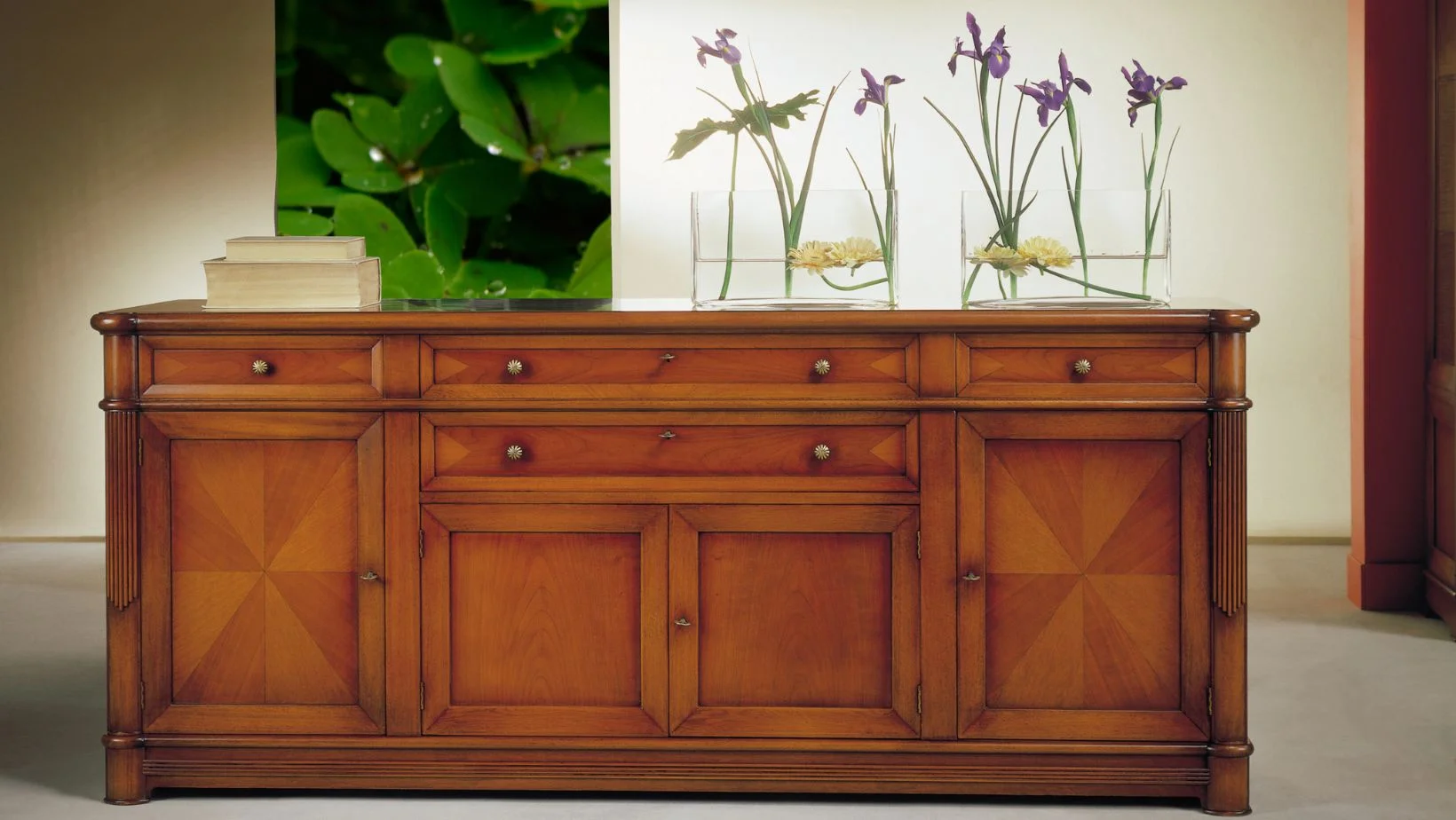Oak sideboards are not merely functional pieces of furniture; they are exquisite additions to any home, offering both practical storage solutions and timeless beauty. With their rich history, durable construction, and versatile design, oak sideboards have become a staple in interior design. In this comprehensive guide, we delve into everything you need to know about oak sideboards, from their origins to their modern-day appeal.
Origins and History
Oak has been prized for its strength and beauty for centuries, making it a popular choice for furniture making since ancient times. The use of oak sideboards dates back to the 17th century when they were initially crafted as storage solutions for dining rooms. These early sideboards featured elaborate carvings and intricate details, showcasing the craftsmanship of the era.
As time progressed, oak sideboards evolved in style and functionality to suit changing tastes and needs. During the Victorian era, sideboards became larger and more ornate, often serving as focal points in dining rooms. In the 20th century, oak sideboards underwent further transformations, reflecting the trends of the Arts and Crafts movement and the sleek, minimalist designs of the mid-century modern period.
Design and Construction
One of the defining characteristics of oak sideboards is their sturdy construction and timeless design. Oak wood is known for its durability and resilience, making it an excellent choice for furniture that sees frequent use. The natural grain patterns and warm tones of oak lend a sense of warmth and sophistication to any space.
Modern oak sideboards come in a variety of styles, ranging from traditional to contemporary. Some feature classic details such as raised panel doors and intricate hardware, while others boast clean lines and minimalist silhouettes. Regardless of the style, oak sideboards are designed to provide ample storage for dinnerware, linens, and other essentials, making them versatile pieces for any room in the home.
Choosing the Right Oak Sideboard
When selecting an oak sideboard for your home, there are several factors to consider. First and foremost, consider the size and scale of the piece in relation to your space. Measure the area where you plan to place the sideboard to ensure it fits comfortably and allows for easy access to drawers and cabinets.
Next, consider the style and design aesthetic that best complements your existing décor. Whether you prefer a rustic farmhouse look or a more contemporary vibe, oak sideboards are available to suit every taste and preference. Pay attention to details such as hardware, finish, and construction quality to ensure you’re investing in a piece that will stand the test of time.
Maintenance and Care
Proper maintenance is essential for keeping your oak sideboard looking its best for years. To preserve the wood’s natural beauty, regularly dust the surface with a soft cloth or feather duster. Avoid using harsh chemicals or abrasive cleaners, as these can damage the finish and strip the wood of its protective coating.
In addition to regular dusting, periodically polish your oak sideboard with a high-quality furniture polish or wax to nourish the wood and enhance its luster. Be sure to follow the manufacturer’s recommendations for care and maintenance to prevent any damage or discoloration.
Oak sideboards are more than just pieces of furniture; they are timeless investments that add character and charm to any home. With their durable construction, versatile design, and rich history, oak sideboards continue to be a popular choice for homeowners and interior designers alike. Whether you prefer a classic, vintage-inspired piece or a sleek, contemporary design, there’s an oak sideboard to suit every style and taste. Invest in a quality oak sideboard today and you won’t be disappointed.










